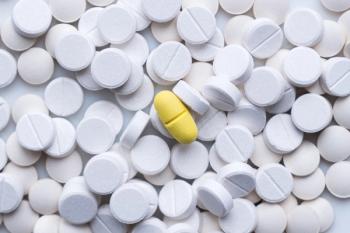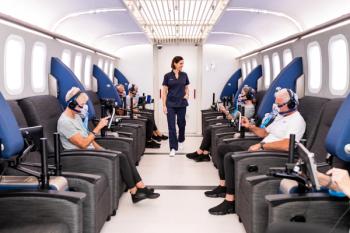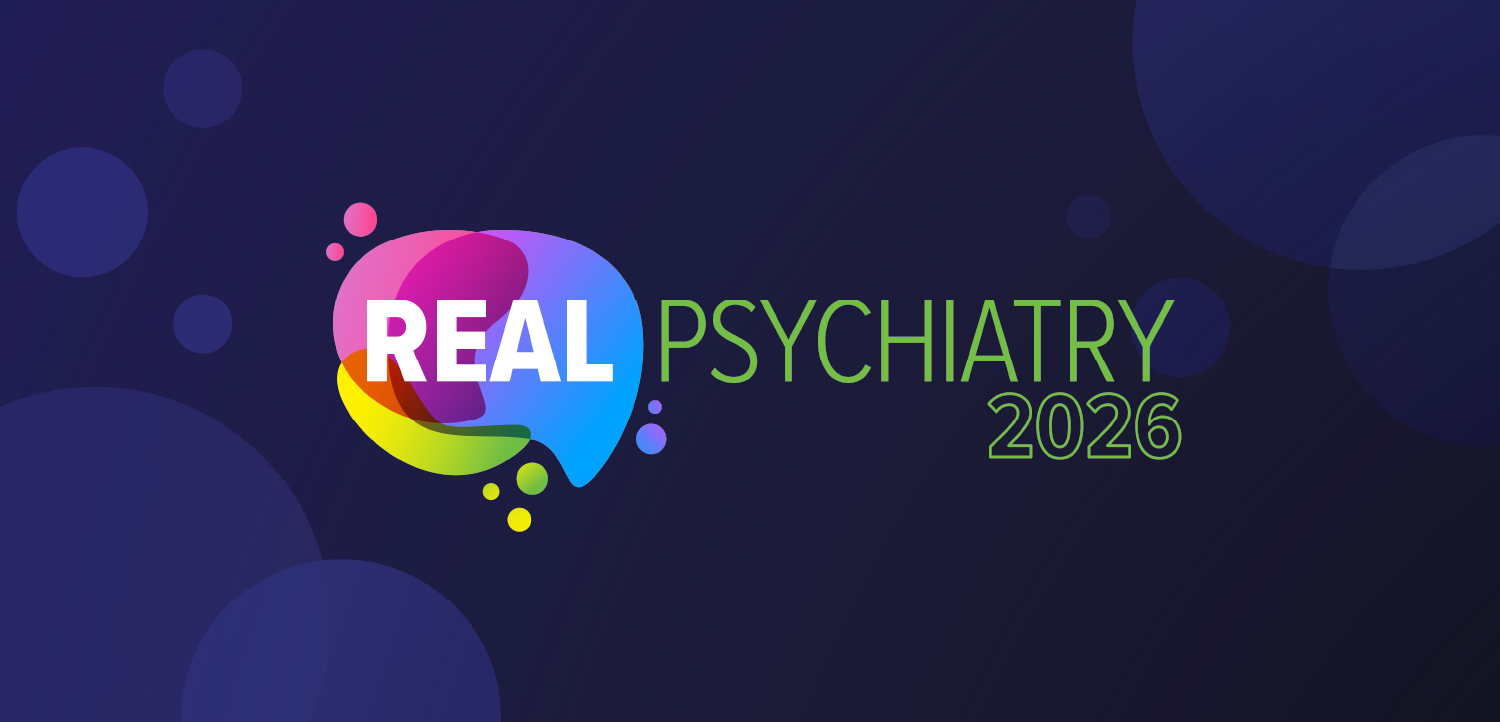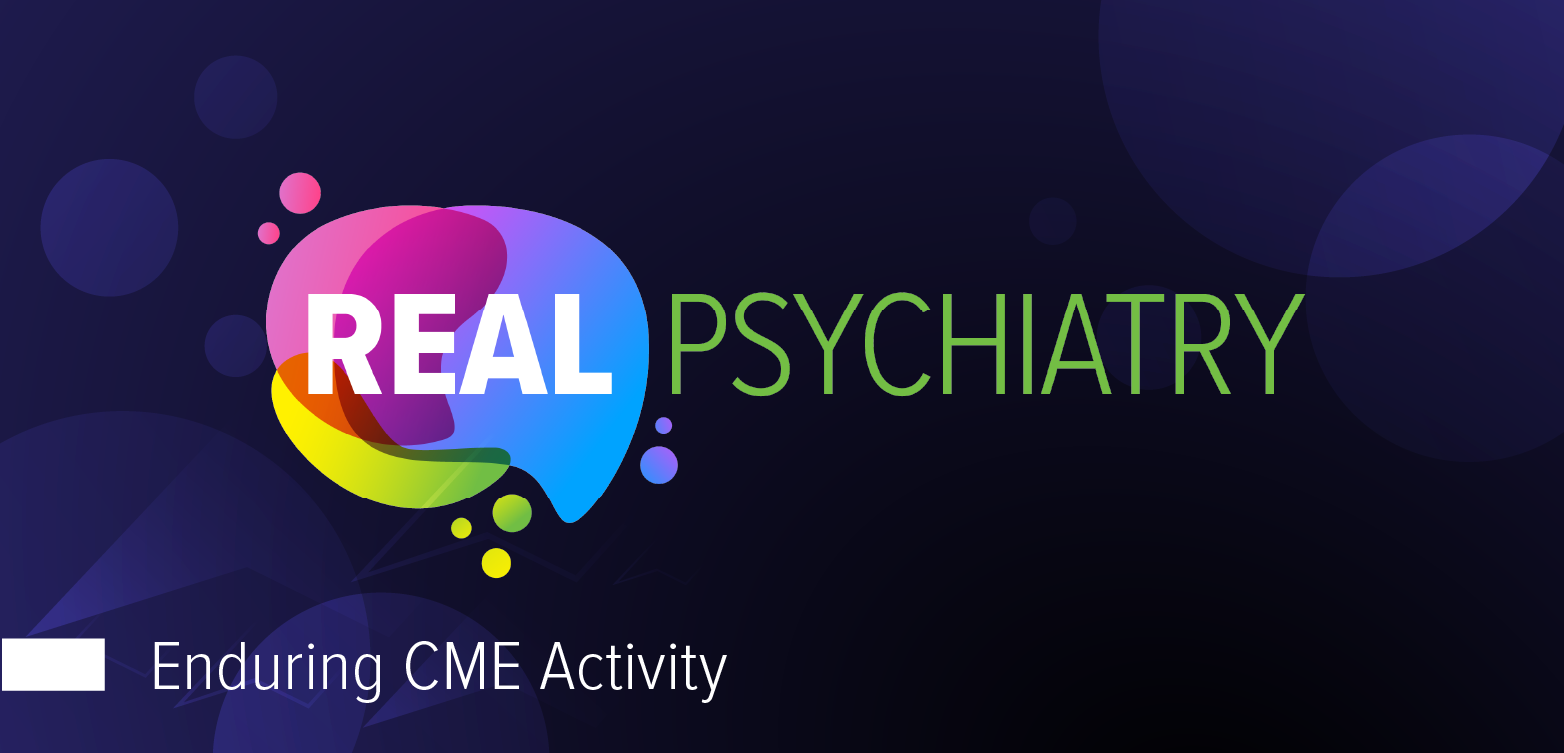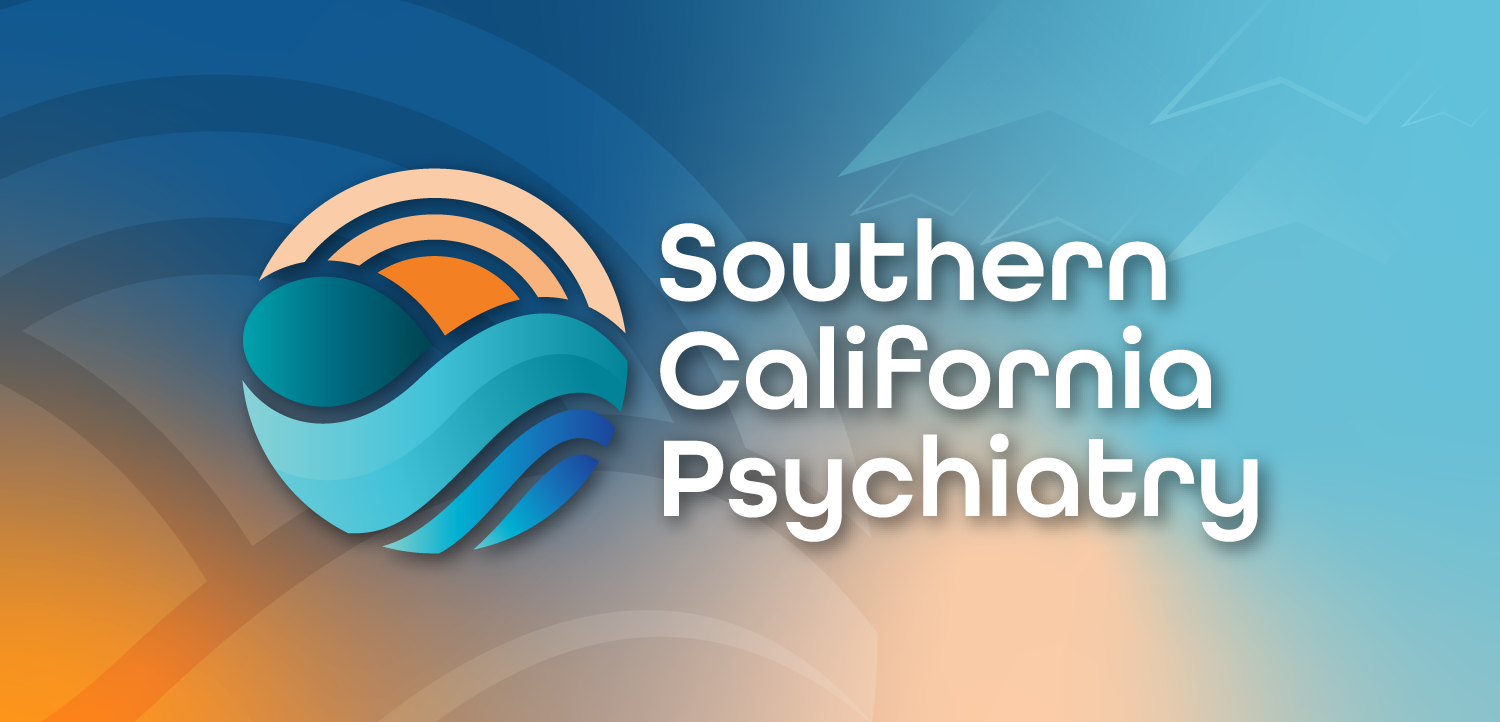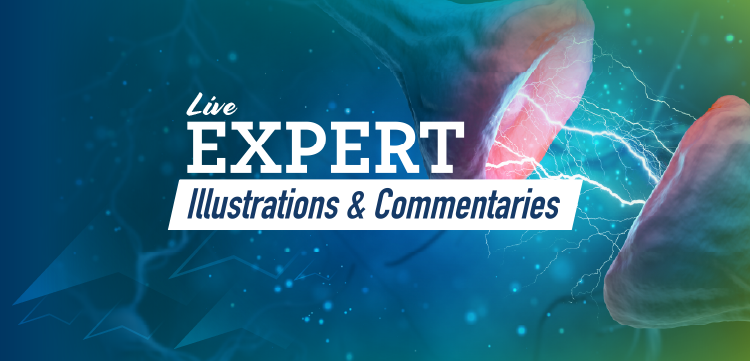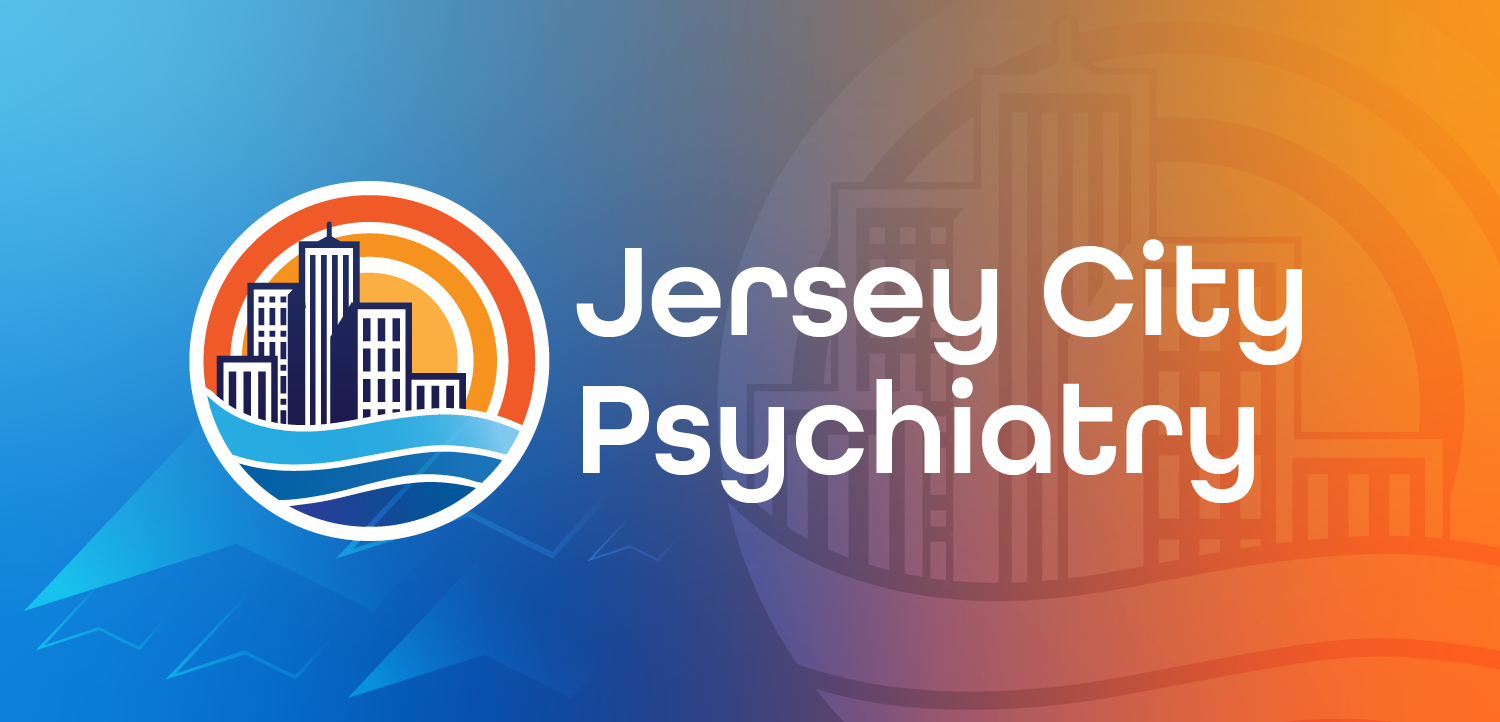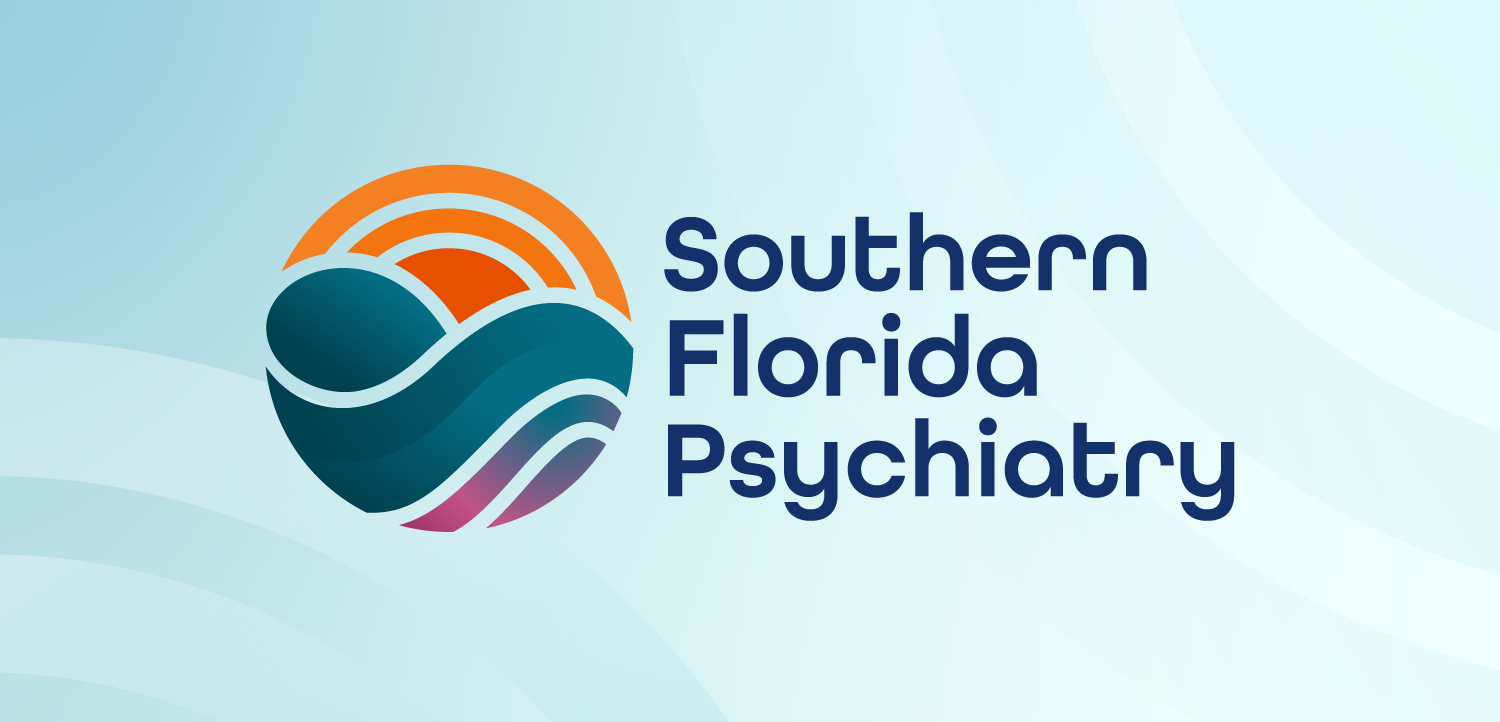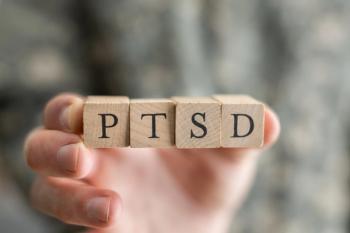
- Vol 42, Issue 2
Panel Shares Top 7 Insights Into Addressing PTSD
Key Takeaways
- PTSD is a complex disorder, often underdiagnosed, affecting diverse populations beyond military contexts, with trauma types influencing symptomology.
- Recognizing PTSD as a brain disease is crucial, with trauma causing structural brain changes, impacting emotional regulation and symptom presentation.
Check out these 7 insights and perspectives on recognizing and treating PTSD.
“Trauma underlies a lot of psychiatric problems.… Posttraumatic stress disorder [PTSD] is not only underdiagnosed, but it’s also misdiagnosed a lot,” Matthew Robinson, PhD, shared with his colleagues in the recent Psychiatric Times custom video series Optimizing Diagnosis, Treatment, and Management of PTSD in the Community. The panel, which also included Tory Woodard, NP, and Michael Asbach, DMSc, PA-C, and was moderated by Arash Javanbakht, MD, shared their insights and perspectives on recognizing and treating PTSD.
1. Limited views of PTSD need to be rejected.
Javanbakht, director of the Stress, Trauma, and Anxiety Research Clinic at Wayne State University, emphasized that PTSD is a multifaceted psychiatric disorder triggered by exposure to traumatic events. Although originally considered a disorder of military veterans and war refugees, it has grown to include people of all ages and backgrounds, including those outside of the military. Traumatic experiences include personal assaults, accidents, violence, or natural disasters, he added.
Asbach added, “PTSD is far more prevalent than we might expect,” with causes such as rape, physical assault, serious accident or injury, shooting, and even threats against family members.
The panel emphasized the importance of evaluating individuals from all backgrounds. Woodard, a board-certified family psychiatric nurse practitioner at LifeStance Health in Mount Juliet, Tennessee, said marginalized and low socioeconomic communities are often at risk for PTSD.
“Any type of previous trauma or earlier life experience can be a risk factor for PTSD,” added Robinson, research psychologist in Dissociative Disorders and Trauma Research Program, McLean Hospital, and an instructor in Psychology, at Harvard Medical School in Boston, Massachusetts.. “And then lack of social support, not having other resources or ways of recovering in the face of traumatic stressors, is a risk factor.”
2. PTSD is often underdiagnosed and misdiagnosed.
It is important to evaluate patients who present with other psychiatric complaints, the panel noted. They agreed many patients who originally present with a different diagnosis or complaint actually have underlying PTSD that had been previously missed.
Trauma and PTSD are underestimated, Woodard said. “I found that a lot of disorders that my clients had—whether it be bipolar disorder, major depression, anxiety, or panic attacks—was actually trauma…in these marginalized patients,” he explained.
Javanbakht similarly said that cases of psychosis, schizophrenia, and dissociative symptoms can actually be cases of PTSD.
“PTSD and trauma underlies a lot of psychiatric disorders,” Robinson added. “Especially when patients have been traumatized early in life, the symptoms can be mischaracterized.”
3. PTSD is a brain disease and should be approached as such.
“It’s important to see PTSD as a disease of the brain and the body,” Javanbakht said. “Trauma leads to PTSD, but there are a lot of other things that it leads to: depression, anxiety, substance use.”
Asbach, a psychiatric physician assistant at DENT Neurologic Institute in Buffalo, New York, is intrigued by the structural changes within the brain following trauma that appear in structural neuroimaging, further emphasizing the brain disease notion. “It may be too reductive, but we can think about PTSD as something that is more in line with posttraumatic brain injury,” he said. “There can be changes to brain volume, but also changes to how the amygdala is lighting up, overactivity changes in the wiring that are making the brain basically predisposed to having a level of hyperarousal that simply doesn’t go away.”
Javanbakht likes to use the brain model when talking with patients, especially when discussing psychopharmacology as an option. “As you mentioned, the amygdala is hyperactive and you can even see the hippocampus starts to shrink,” he said. “The more chronic the illness gets, the smaller the hippocampus is; prefrontal cortical areas are shrunken and less active; and there’s less emotional regulation. It helps patients to see, ‘It’s not me. I’m not weak. There is a real biological change occurring here…that affects the whole body.’”
4. Trauma types may result in different presenting symptomology.
Javanbakht led the panel in discussing how PTSD can manifest differently depending on the trauma type (
“We as humans are very sensitive to what other humans do to us,” he said, referring to patients who are refugees. “We have seen that trauma types that are more interpersonal, more victimization types or war traumas, have a worse impact even through the time, and the course of illness is worse than, for example, natural disasters.”
Robinson agreed that there seems to be different symptom clusters. “Early life trauma—physical and sexual abuse in childhood—show up and present with lots of different symptoms, and maybe not the classic type of expected presentation,” he said. “People might expect someone with PTSD to be jumpy, hyperaroused, very alert. But, especially with early life trauma, we see patients having almost the opposite effect, where they are numbed, shut down, and having a hard time interacting or engaging.”
Robinson is currently researching the ways the brain responds in different types of PTSD. “What we see with dissociative PTSD is that the prefrontal cortex is actually overacting on the amygdala, oversuppressing it, whereas in hyperaroused types of PTSD you see under-regulation,” he said.
5. Ask about and screen for trauma to assist in diagnosis.
“I always say to my trainees: Sex and trauma, if you don’t ask your patients about them, a lot of times, patients won’t tell you about it,” Javanbakht said. “A lot of times we are hesitant about asking, because we don’t know what to do, and we feel uncomfortable around it.”
Diagnosis can be complicated because patients may be reluctant to explore or discuss the issue. “I think a lot about trauma in the ‘just world’ theory: the mentality that I’m a good person and so good things will happen to me. And then, when something terrible happens, such as an index trauma, it kind of hurts. It cuts against that theory,” Asbach explained.
Thus, patients may present with “nonspecific, vague, or even somatic complaints like insomnia and headaches,” especially in a primary care setting, Asbach explained. “We know that only about 50% of PTSD is diagnosed or recognized, and part of that may be due to a lack of resources or a lack of ability in our very confined settings to be able to truly make a thorough assessment of these patients.”
Even worse, the panel noted that PTSD diagnosis tends to be delayed, taking an average of 8.7 years following a traumatic incident for patients to receive a diagnosis. Sometimes this is a result of a delayed onset of the PTSD, because the person was overly resilient or it took a trigger years later for the patient to actually develop the disorder, Woodard said.
The panel discussed the importance of leveraging tools to assist in diagnosis, especially the Clinician-Administered PTSD Scale for DSM-5, which Woodard said was the “gold standard” in assessing symptoms (
On the other hand, Asbach likes the PTSD Checklist for DSM-5 (PCL-5), which he said is his preferred option. As a psychopharmacologist who sees many patients, he also likes the Primary Care PTSD Screen for DSM-5 with its quick 5 questions for its ease of use among patients. Then, for a deeper dive, he uses the 20-question self-rating PCL-5.
6. Treatment is not one size fits all.
“I think it’s important for us to meet the patient where they’re at,” Asbach said in terms of developing a treatment strategy. “Every patient’s going to be different in what they’re capable of achieving, especially early on in the process.”
Current treatment options include psychotherapy (eg, cognitive behavioral therapy, exposure therapy, and eye movement desensitization), pharmacotherapy (eg, sertraline and paroxetine, which are FDA approved), and alternative/complementary therapies (eg, yoga, art, and mindfulness).
“Psychopharmacology is always a good thing in the sense that it has a low barrier to entry with PTSD. I often approach this in terms of targeting those symptom clusters,” he added, noting that he also considers comorbidities (eg, mood and anxiety) when prescribing medications.
There are also medications that could worsen symptoms, like emotional blunting associated with benzodiazepines when there is dissociation, Asbach said.
Thus, Asbach takes a very intentional approach. “We’re not looking to just paper over symptoms, but rather be very careful and very targeted in our prescribing,” he explained. This approach ensures there isn’t any unnecessary polypharmacy. “In a patient with PTSD, where we have a lot of nonspecific symptoms, we have a lot of physical comorbidities and may have many different medications on board and may actually muddy the waters. This makes it more challenging for us to really gauge what the outcomes can even be with our medication intervention.”
7. Innovative research may lead to better treatments.
The panel expressed their excitement about the renewed interest and reinvestment in PTSD, with several options under investigation. One agent is a combination of brexpiprazole and sertraline; a supplemental new drug application has been submitted.
“Brexpiprazole is a medication that has a fairly favorable side effect profile. And there are some aspects of brexpiprazole that can be quite exciting if we’re thinking about symptom-focused treatment within PTSD,” Asbach said. “This may have a role in enhancing serotonin deficiency, which…[may be] a potential problem within PTSD. But also it may have a role within the dopamine receptors as well. And we talked about motivation arousal as being a concern. Having that norepinephrine and dopamine effect may play a role.”
3,4-Methylenedioxymethamphetamine (MDMA)-assisted therapy is also an option under investigation. Although it received an FDA breakthrough designation in 2017, the FDA denied approval in 2024, asking for additional studies and data. Yet Javanbakht noted there continues to be interest in psychedelics everywhere he goes.
The other panel members agreed on the continued potential for this treatment. “I’ve had some clients [who] have used psychedelics and have seen some improvement,” Woodard said. “It’s not a one size fits all, of course, but I do think that there’s some therapeutic benefit there.” He is hopeful there will be additional studies exploring its safety and efficacy.
There is also interest in using augmented reality to support patients with PTSD. Different from virtual reality, the system allows clinicians to work with patients in addressing scenarios and their reactions. “We can gradually focus on dysfunction, of aspects of avoidance with the exposure,” Javanbakht explained. Although he said he is still evaluating the intervention and collecting data, he is hopeful this could become another option for patients and their clinicians.
Concluding Thoughts
In concluding their discussion, the experts agreed that it was a promising time in psychiatry, especially considering how prevalent and impairing PTSD can be for patients.
Articles in this issue
10 months ago
Who Are the Youth With Undiagnosed ADHD Symptoms?10 months ago
Using CBT to Empower Black Patients10 months ago
Monitoring Managed Care: RevisitedNewsletter
Receive trusted psychiatric news, expert analysis, and clinical insights — subscribe today to support your practice and your patients.

